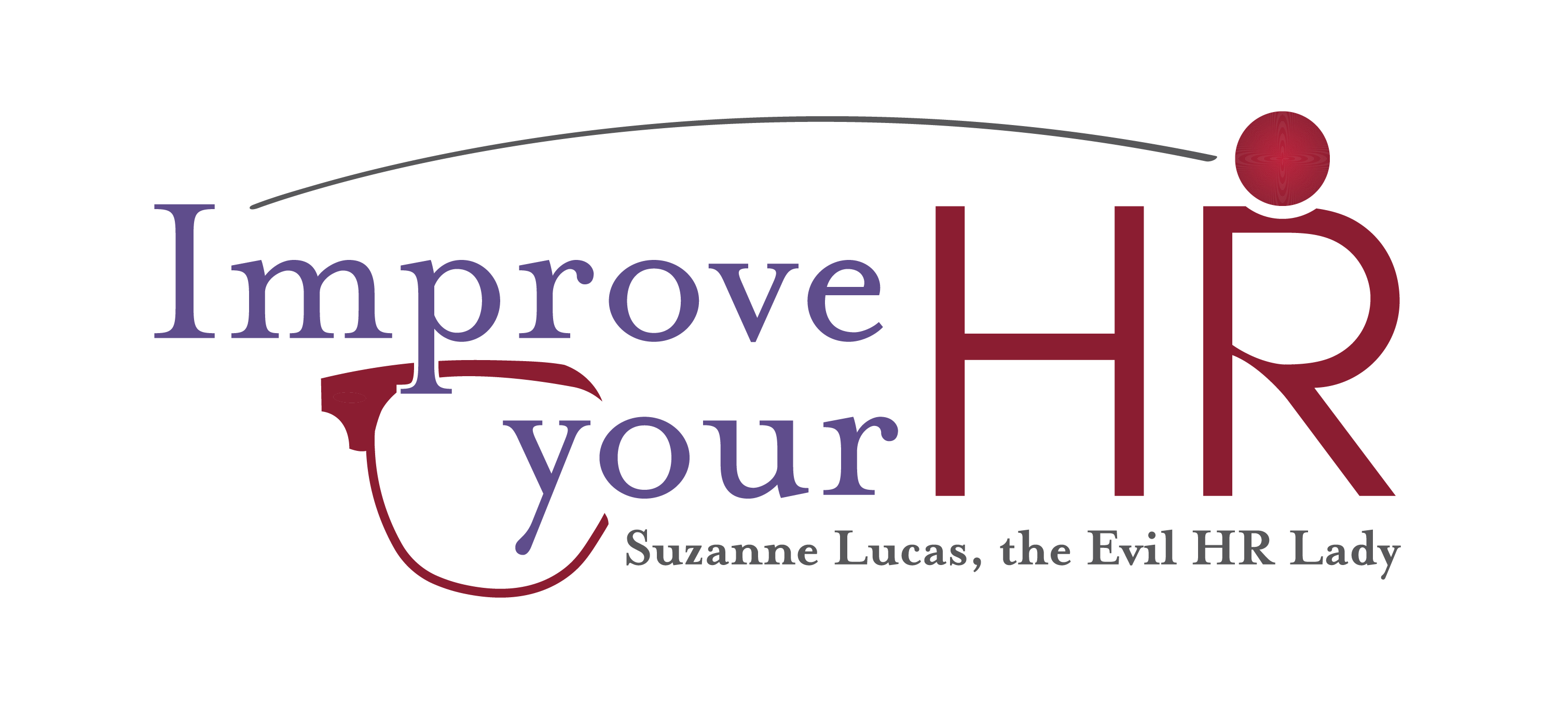During the coronavirus pandemic, my employees have all worked remotely. When restrictions are eased, how should I respond to those who want to continue to work remotely? And what can I do to help ease their concerns as they do return?
To read my answer, click here: How You Can Help Your Workers Return
Leave your answer in the comments!

I love your default position of allowing employees to continue to work from home if they’ve been doing it satisfactorily. But, for those returning to the office, I’m thinking the employer should do more than just provide disinfectant wipes (which are very hard to obtain these days, by the way). Professional cleaning, designed to disinfect the workplace, should occur before anyone returns to work and at frequent intervals thereafter. HEPA filters, similar to those used by hospitals, should be installed in the central heat and air conditioning system. Special consideration also needs to be taken regarding common areas, such as lobbies, elevators, break rooms, rest rooms, mail and copy rooms, etc., to ensure that they can be safely used and shared.
It’s a perfect opportunity to reconsider in-office company culture. Long pointless Zoom meetings are a drag. Are we bringing people back to the office in order to have comfortable face-to-face long pointless meetings? It’s hard to evaluate the performance of home workers based on results alone. Are we bringing people back to the office in order to evaluate them more easily, like we used to do, by butt-in-seat time or by how busy they appear to be? Office culture can be rife with familiar, easy dysfunction. Poor managers depend on bad practices and poor workers settle into familiar behaviors to appear as though they’re doing work. A break from the office environment is the perfect time to do some soul searching and start rooting out the comfortable office behaviors that aren’t doing good for the business.
For the type of work that can be done remotely, what I think needs to change is the evaluation of the work performed, in terms of timely performance, meeting the expectations of the company goals, etc. This can be addressed via those “efficiency” experts who somehow can figure out numerically what is the best solvency for the labor cost involved.
For someone who is objecting to this callous view of work performed, one needs to view it from the point of workers who can’t do their job remotely and have to meet quotas as predicted by those efficiency experts. Self-imaging of work performed is never equal to work expected by the company unless your work has been evaluated to be adequate to their needs. There’s always room to improve, expect to be required to give a certain standard of performance, which may require changes not always suitable to your personal life.